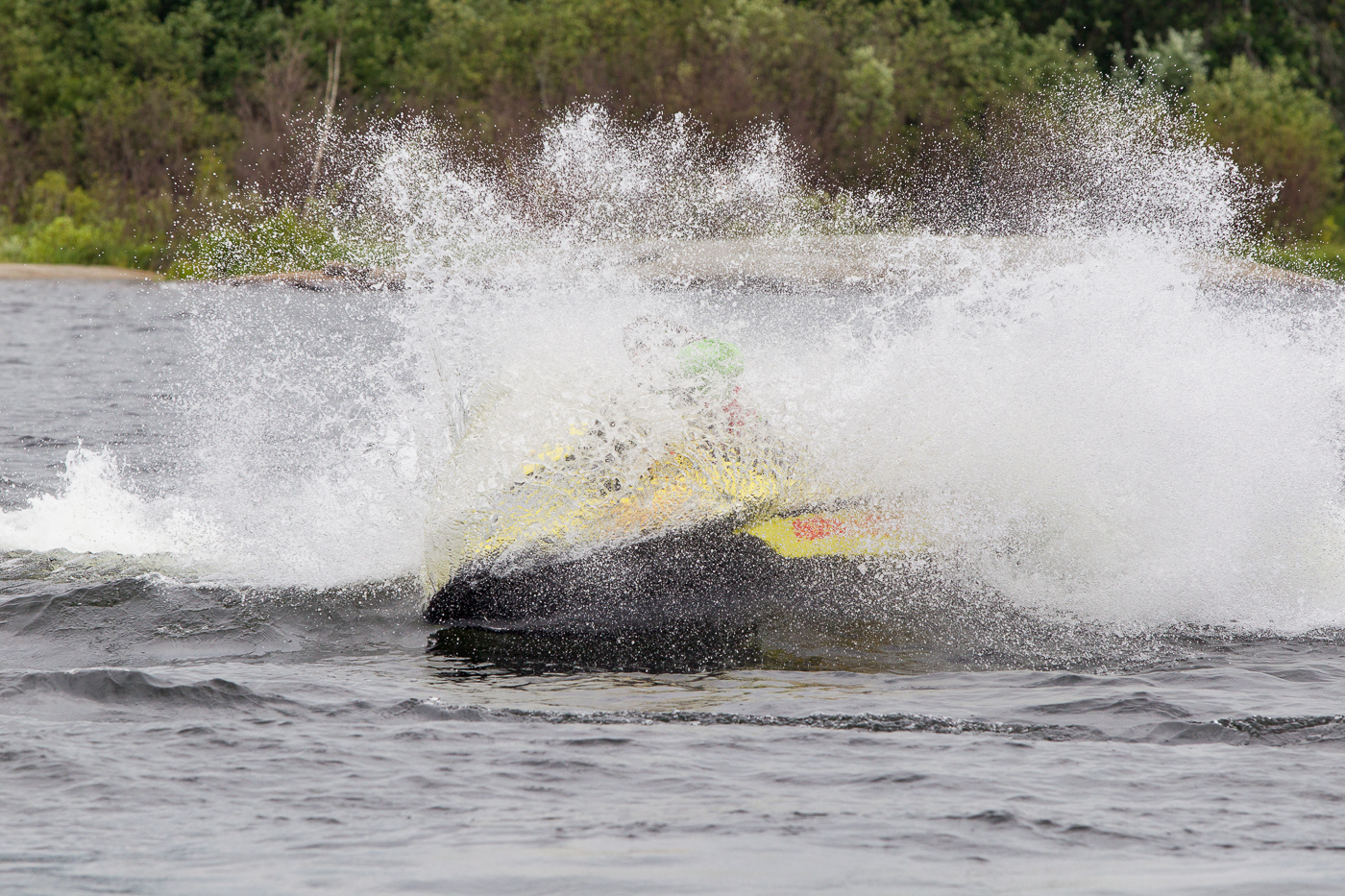The Best TLC For Your PWC…
Related: Cleaning & Covering
Thought about winterizing Sea Doo watercraft? In our eagerness eager to ready our watercraft for summer PWC adventures, experienced jet ski rider and PWC beginners often forget. Forget that the best preparation happens months before, during the winterizing process. Same goes for all recreational boating.
Winterizing Sea Doo watercraft is the best way to avoid gummed-up fuel systems, battery failure and damage to vital internal parts. It is also especially important if your storage location is not heated, exposing your unit to sub-zero temperatures.
A little TLC in the fall can add years of life to your jet ski. It also makes going on Sea Doo tour on Sea Doo, Jet Ski or Waverunner personal watercraft in Ontario and throughout Canada much more enjoyable.
Do it yourself winterizing is possible if you’re so inclined. And have the time to do it properly and thoroughly. But for most riders like me, my Sea-Doo dealer is the best bet. Why? Because they know exactly what needs to be done. Just so you know the full scope, here are some of the basics that need to be covered. Remember that details may vary with make and model. So check your operator’s guide first. But my recommendation is to take it to a dealer. Why take a chance?
Winterizing Sea Doo Watercraft: Clean It…
Removing the summer’s dirt and grunge includes many parts. Like cleaning the jet pump inlet and outlet, the engine compartment (bilge cleaner or hot water with mild detergent) and the body & hull. Especially If your PWC has been used in saltwater. This is also a good time to remove anything you may have carried on board and store it separately for the winter. And don’t forget to remove, clean and store the battery. Tip: preserve battery life by putting it on a trickle charger.
Finally, clean the exterior of your PWC to remove water stains, grime and wear marks. At the same time, inspect the hull for cracks, scrapes or other damage.
Winterizing Sea Doo Watercraft: Dry It…
Moisture or condensation left anywhere inside can cause problems. Especially if it freezes during storage. So be sure to thoroughly drain and dry the watercraft inside and out, including the engine compartment. The exhaust system and intercooler on external intercooler models must also be drained by running the engine with intake hose connected. Tip: A dealer or someone with good mechanical ability should do this.
Winterizing Sea Doo Watercraft: Check It…
In company with someone mechanically inclined, do a visual inspection. Look for cracks, dings, chips, loose or missing parts, broken hoses or loose/missing clamps. Make a list of what needs to be fixed before you ride it again next summer.
Winterizing Sea Doo Watercraft: Stabilize It…
Store your PWC with a full tank of gas to minimize condensation. But be sure to add stabilizer to prevent fuel deterioration and system gumming. I carry stabilizer with me on my last ride, adding it about five minutes from the end so it has a chance to work through the entire fuel system. Tip: Another option is to add stabilizer when the engine’s running while flushing the exhaust system (see Dry It, above).
Winterizing Sea Doo Watercraft: Lube It…
Protect as many surfaces as possible with an appropriate lubricant. Especially inside the engine (spray into each cylinder). Also on the exterior surfaces of the jet pump and all metallic components in the engine compartment.
Don’t ignore internal engine lubrication. To do so for most models, you’ll need to access the spark plug holes and spray in an anti-corrosive lubricant. For best results, follow the engine fogging instructions in your owner’s manual.
Winterizing Sea Doo Watercraft: Do It Yourself…
For those so inclined, most dealers offer a ‘winterizing kit’. Follow the instructions in your operator’s guide carefully, and be sure to…
- Change engine oil & filter.
- Check engine coolant / replace every 200 hours or two years. In cold regions, make sure your antifreeze is good during outdoors storage to prevent freezing damage.
Winterizing Sea Doo Watercraft: Store It…
So now your baby is ready for storage. Be very careful choosing a place. I’ve seen carefully winterized units coated in bird droppings by spring. Last year, I witnessed two PWC’s that had been stored in an old barn. By spring, rat gnawing had made both units total write-offs! Tip: Consider blocking any possible entry points to your PWC to keep pests out.
If possible, put your watercraft in a secure, climate-controlled space such a heated garage or utility shed. Second best, place it in a secure, unheated, indoor facility. Third choice, park it outside, but out of direct sunlight. Whichever you choose, always use your PWC cover and an opaque tarp for protection. Don’t use any plastic or non-breathable material which may collect moisture inside and cause mold. Yes, cover it even under a roof. Tip: whatever you do, never store it in the water!
What if you store your watercraft in an unattended, insecure or remote facility? Or don’t check it frequently? My recommendation is to lock it to its storage bunk or trailer. And then affix both hitch and wheel locks to the trailer. Tip: if stored outside, remember to park your trailer wheels on boards, not directly on ground. And also wrap them loosely in coloured plastic to protect against the elements.
All this may seem like a bunch of rigmarole. But if it leads to hassle-free riding next summer, plus helps maintain the resale value of your PWC, then why not?
If you enjoyed this post, check out my other riding tips.
The tips and advice in this article are the opinions of the author, may not work in every situation and are intended only for the convenience and interest of the reader, who has the personal responsibility to confirm the validity, accuracy and relevancy of this information prior to putting it to their own use.
Like This Post? Follow Me on Facebook!

